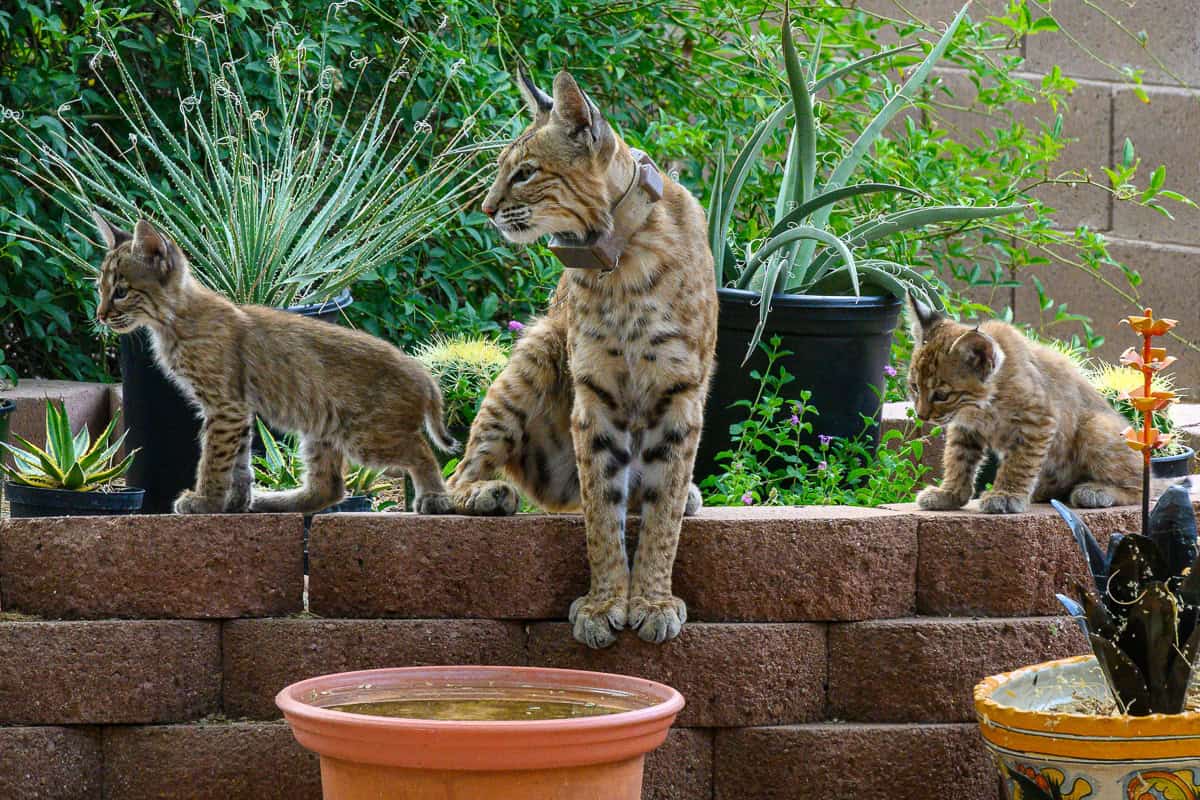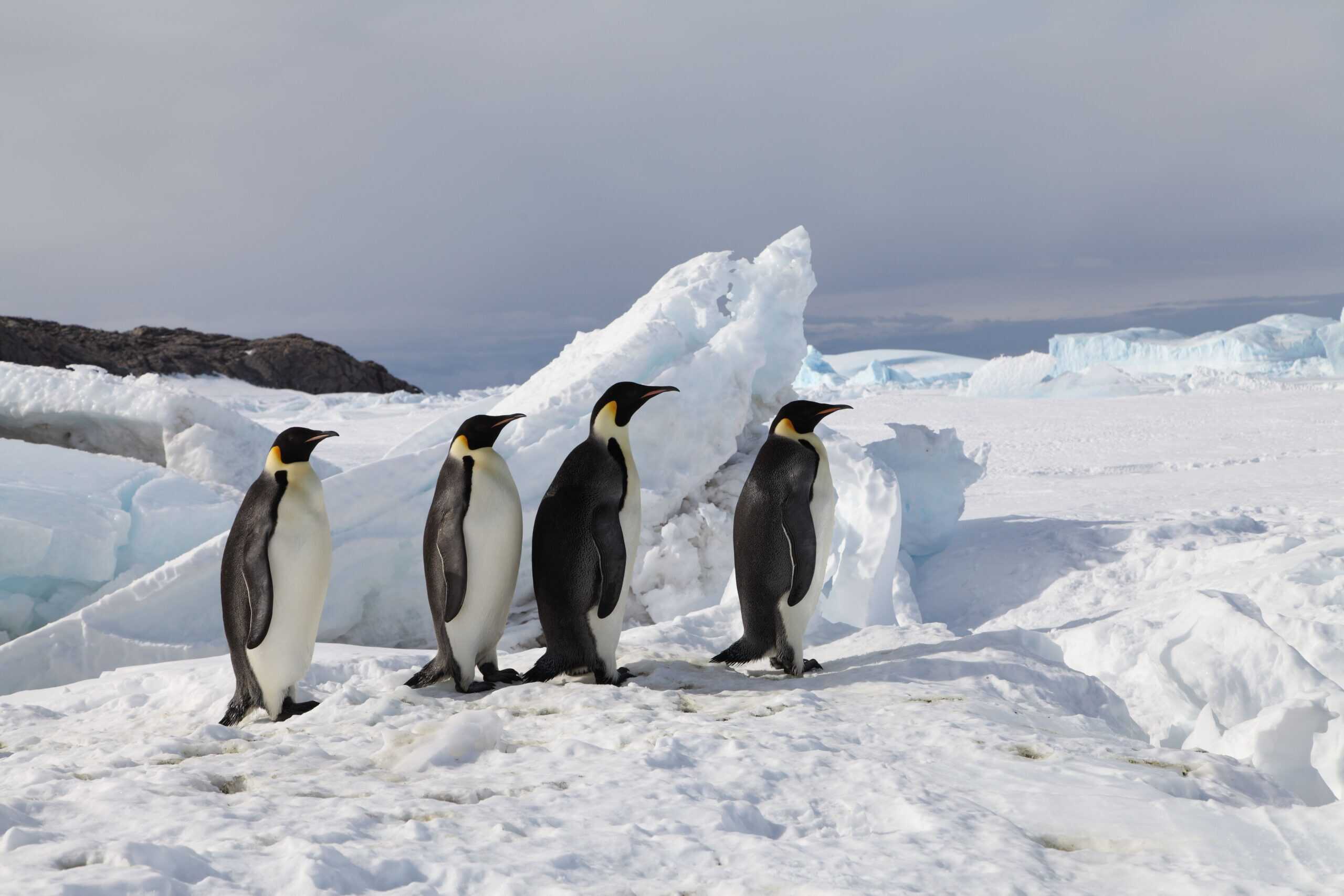Share this article
Resilient birds find new habitat after volcanic eruption
What would you do if a volcanic eruption blew up your home? It’s not just a question for residents of the island of Hawaii watching Kilauea erupt. It’s a situation some Aleutian birds faced a decade ago when crested auklets (Aethia cristatella) and least auklets (Aethia pusilla) returned to their nesting sites after the 2008 eruption of the Kasatochi volcano off Alaska’s southwest coast and found them buried.
“The birds tend to be very site specific, so they will return every year to the same area, the same island, the same colony,” said Gary Drew, a research wildlife biologist for the U.S. Geological Survey. “They have very specific habitat requirements.”
The auklets are “crevice nesters,” Drew said. They nest in cracks of talus or rock piles, but after the eruption, the crevices were gone. “All of that was buried under approximately 10 to 20 meters of ash.”
Drew led a study published recently in The Auk: Ornithological Advances, looking at how the birds fared after the eruption and where they found new habitat. The auklets faced a devastated nesting habitat, he found, but they turned out to be fairly adaptable.
Shortly after the eruption, researchers arriving by helicopter found the island looked completely smoothed out. The rocky outcrops and crevices were buried. The auklets, Drew said, “didn’t really have nesting habitat anymore.” When researchers returned by boat the next summer, the birds were returning to the island. They sometimes come back early, Drew said, and have to wait for snow to melt before returning to their crevices. “In this case, the ash wasn’t going to melt,” he said.
As a result, the birds were dropping their eggs down slope, and divers were finding eggs in the water. The auklets’ future looked bleak.
Over the years, the team continued to monitor the birds. In 2011, they noticed a rockfall in Whiskey Cove close to the old colony site. The rocks were covered with a fluorescent green. It was a good sign. The birds were excreting algae from the zooplankton they were consuming, the researcher realized.
The next year, the team climbed up to the spot where the new colony was and found thousands of birds. They set up cameras at both the new and old sites to create time lapse videos of the erosion that was occurring and how the birds were faring. What they witnessed surprised them. They expected that over a long period of time, erosion would eventually open up the crevices, Drew said. Instead, the sudden rockfall changed the scenario suddenly.
While Drew doesn’t know the exact reasons for the rockfall — whether it was due to a change in seismic activity or the rocks heating and cooling quickly to cause cracks — “whatever the explanation, the area of Whiskey Cove became a hot spot,” he said.
Not all the birds took to this new colony site. Many shifted over to nearby Koniuji Island, though nesting habitat there is limited and is likely reaching carrying capacity. But regardless of which island they were on, the birds were thriving.
“The good news story is that this population is going to be recover,” he said. “What’s also good news is maybe the recovery process is faster than we thought.”
Header Image: Crested auklets stand on a rock in Kasatochi Island. After a volcanic eruption in 2008, the birds found new habitat. ©Gary Drew








